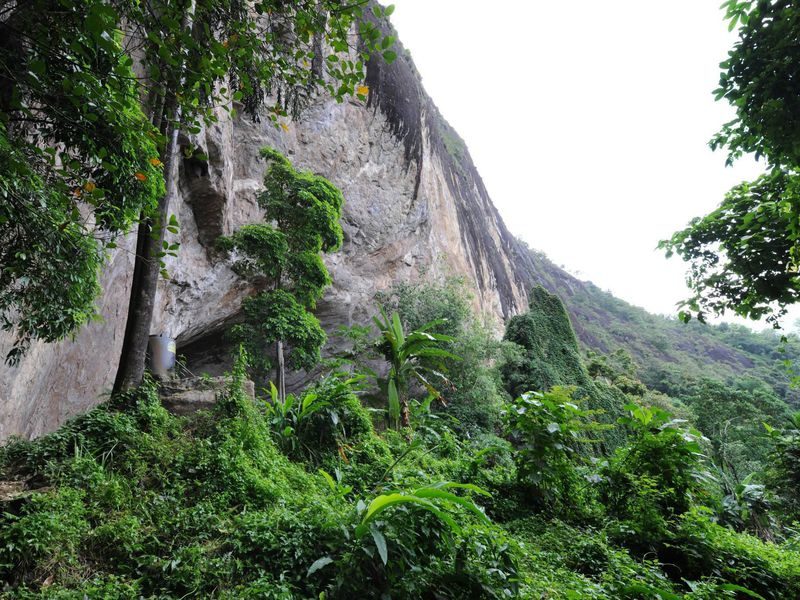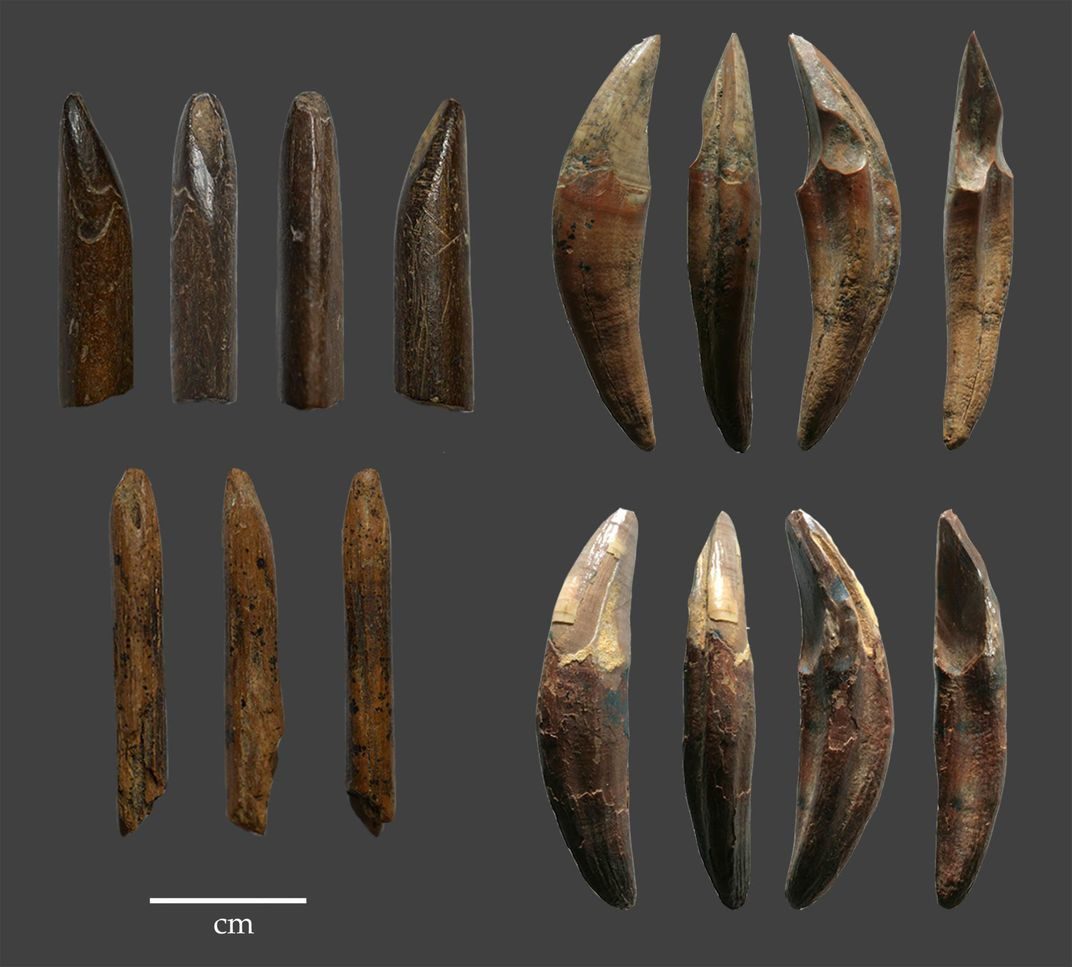
At least, that's how the story goes.
"For quite a long time, research has been making a strong case that humans originated from East African savannas, and that's how we ended up colonizing the rest of the world. But this model doesn't really hold true anymore," says Eleanor Scerri, an archaeologist and professor at the Max Planck Institute for the Science of Human History.
In the past, researchers believed humans were almost exclusively adapted to savanna environments. Previous hypotheses suggested Homo sapiens, which evolved around 300,000 years ago, spread across the globe via open grasslands or coastlines, following big game and sources of protein. Early human ancestors would have avoided dense environments like rain forests, the common thinking went, where prey was harder to catch. But now, Scerri and others are working to show that early humans adapted to many environments.
Comment: And sometimes this was thanks to more than just their ingenuity: Tibetans thrive at high altitudes thanks to Neanderthal cousin
Take South Asia for example, where anatomically modern humans may have started arriving more than 70,000 years ago. Evidence for early humans' environmental adaptability in this part of the world is becoming more and more abundant. In a recent paper for Nature Communications, researchers from Max Planck (not including Scerri) analyzed more than 15,000 animal bones from Fa-Hien Lena cave in the jungle environment of southwestern Sri Lanka. The majority of the bones came from butchered monkeys and tree squirrels. The study authors concluded that humans living in the area from 45,000 years ago up to 4,000 years ago not only survived in the jungle environment but purposefully adapted their own way of living to do so.

Comment: Neanderthals appear to have beat humans to it: Neanderthals were painting and decorating at least 20,000 years before humans arrived
"This is the first time that we know of a site as early as 45,000 years ago where [humans] were focusing mostly on hunting difficult-to-catch agile prey living in trees," says zooarchaeologist Noel Amano, one of the authors of the Sri Lanka paper. Other archaeological sites from the same period, like the Niah Caves in Borneo, show that humans were hunting pigs in a more open environment-so these forest-dwellers had other options available to them. What's more, Amano says, the early Sri Lankans "were using the bones of these monkeys to fashion ornaments and tools."
Bad news for the macaques and langurs who ended up as dinner, but great news for researchers trying to understand Homo sapiens habitat use. Not only did the humans in this part of Sri Lanka clearly excel at using the resources of their rain forest environment, they also managed to do so without exterminating the local small mammals. All of the species found in the fossil record still exist in abundance today, Amano says.
For archaeologist Patrick Roberts, another author of the paper, these new details about human subsistence in Sri Lanka contribute to a global picture of our earliest ancestors. "In the dispersal out of Africa, it increasingly looks like Homo sapiens are unique relative to other hominins [like Homo erectus or Neanderthals]." Early humans lived in tropical rain forests, in deserts, at high altitudes in the Himalayas. They reached the Arctic Circle, coastal regions, and of course, savannas and grasslands.
"I would be very surprised if we don't find evidence for humans in tropical rain forests very early on," Roberts says, meaning evidence in African rain forests could predate the butchered animal bones in Sri Lanka.
The only problem is that more field work needs to be done to contribute further evidence. "We have human fossils from about 10 percent of Africa, and we have well-investigated archaeological sites from about 20 percent of Africa," Scerri says. "That means we're making biological and cultural extrapolations for everything, when we know nothing about 75 to 90 percent of the continent."

There's also the past climate to take into account. "Just because we find a fossil in a rain forest today, it's very difficult to determine whether it was a rain forest when the fossil was deposited," Scerri says. The rain forests in Africa have grown and contracted at different points, depending on changes in the climate and the African monsoon.
Comment: The evidence shows that environment and climate can shift quite radically: Sahara swung between lush and desert conditions every 20,000 years, in sync with monsoon activity
But all these obstacles haven't prevented researchers from making inroads. A tooth from 2.5 million years ago indicated early hominins may have lived partially in rain forest habitats long before the evolution of Homo sapiens. Tools from a cave in Kenya show that humans were actively relying on the tropical forest in East Africa 78,000 years ago. And researchers working in the Amazon have identified 85 common trees-including the cacao tree, acai tree and Brazil nut tree-that show signs of having been cultivated by human populations thousands of years ago.
Using airborne LIDAR systems (light detection and ranging, similar to radar but with visible light) has been a major boon for archaeologists trying to cover vast swathes of forest without actually trudging through the greenery. The technology helped one group of researchers create visualizations of hidden Maya cities in the forests of Belize. Although this study and others like it revealed much more recent rain forest sites than Fa-Hien Lena cave, the research is a tantalizing hint of just how much might be hiding in the forest, waiting to be discovered.
Scerri hopes that discoveries in Sri Lanka and elsewhere will spur interest in rain forests more globally, encouraging scientists to look for evidence of early humans in locations they may have eschewed before. She's starting a project in West Africa that may lead to more clues of the first groups of humans to wander into the woods. Maybe the forests of Senegal will even be the next "X" on the half-drawn map of early human history.



I humbly suggest people read the Ancient Ethiopian history. Learn the truth.
An excellent book to begin the trek is Drusilla Dunjee Houston's "Wonderful Ethiopians of the Cushite Empire ...".
Freely available online.
Shalom